Unlocking the Power of "Why": Mastering the Art of Feature-Benefit Selling
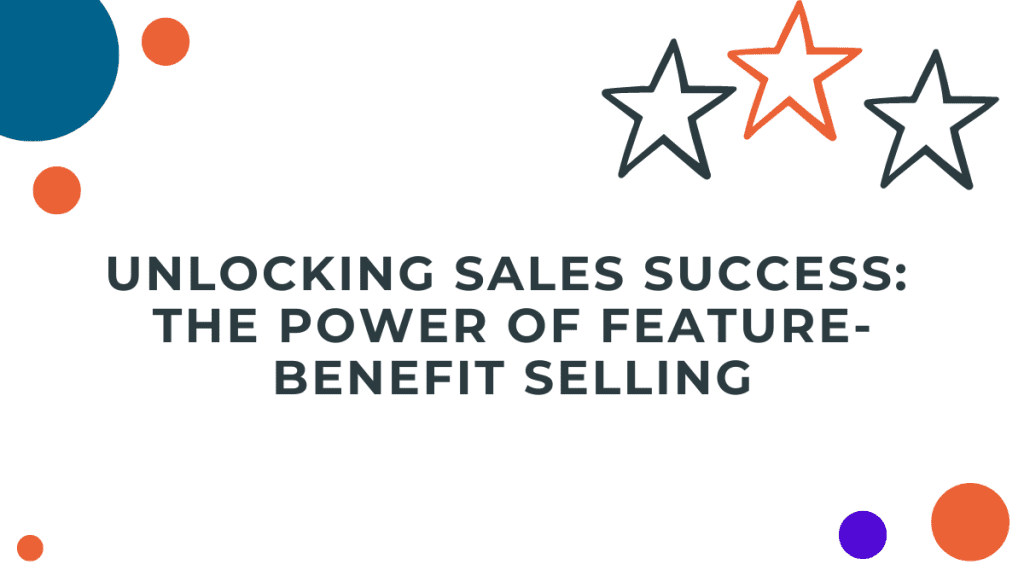
You’ve poured your heart and soul into crafting a product or service, and now it’s time to share it with the world. But simply listing features won’t cut it. You need to connect with your audience on an emotional level, showing them how your offering will solve their problems and enhance their lives. That’s where the magic of "feature-benefit selling" comes in.
Think of it as a bridge between what your product is and what it means to your ideal customer. By skillfully weaving together features and benefits, you create a compelling narrative that resonates with their needs and desires, ultimately driving them to make a purchase.

Deciphering the Code: Features vs. Benefits
Before we dive deeper, let’s clarify the distinction between features and benefits:
- Features: These are the tangible aspects of your product or service. Think of them as the building blocks, the ingredients, or the technical specifications.
- Example: A feature of a coffee maker could be "stainless steel construction."
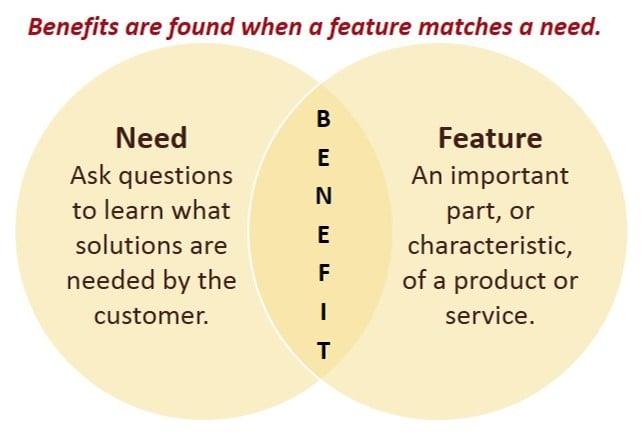
- Benefits: These are the intangible outcomes or advantages that your product or service delivers to the customer. They address the "what’s in it for me?" question.

- Example: The benefit of stainless steel construction in a coffee maker could be "durability and long-lasting performance."
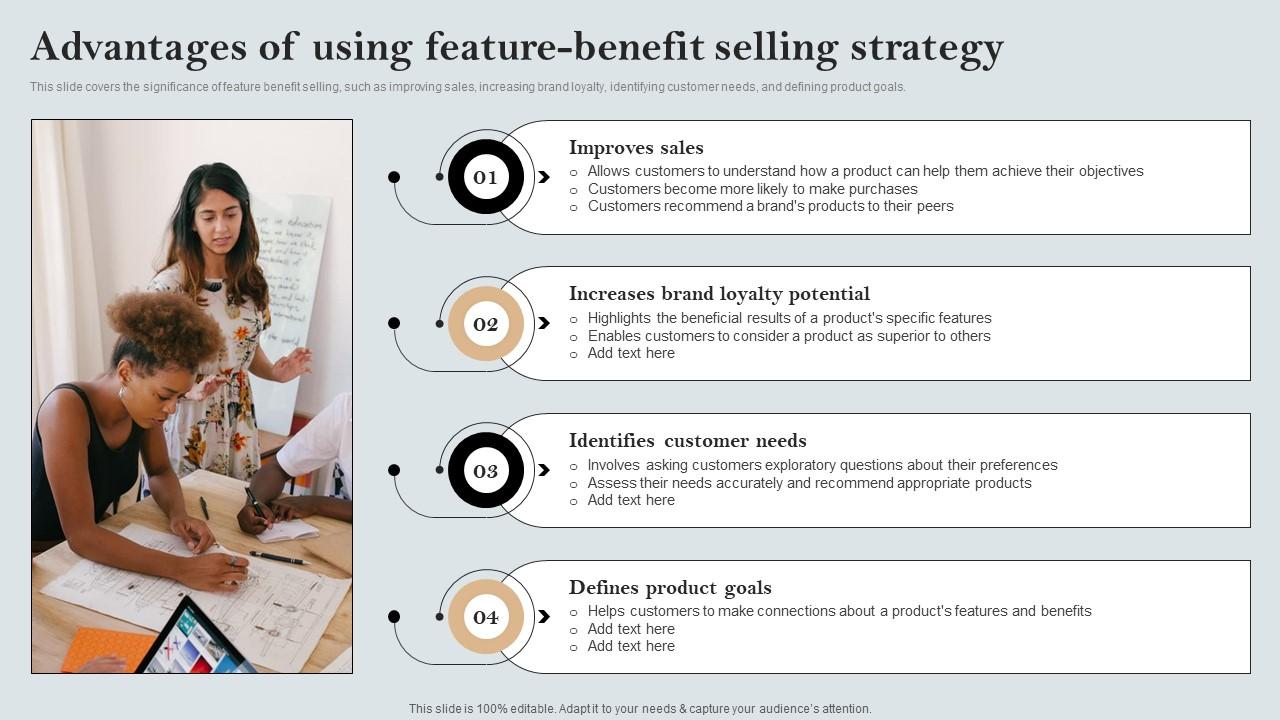


The Power of Benefits:

While features are important, they don’t always speak to the customer’s heart. Benefits are what truly resonate, creating a connection that goes beyond the technical details. They paint a picture of how your product or service will improve the customer’s life, solve their problems, or fulfill their aspirations.
Unveiling the "Why" for Your Ideal Customer
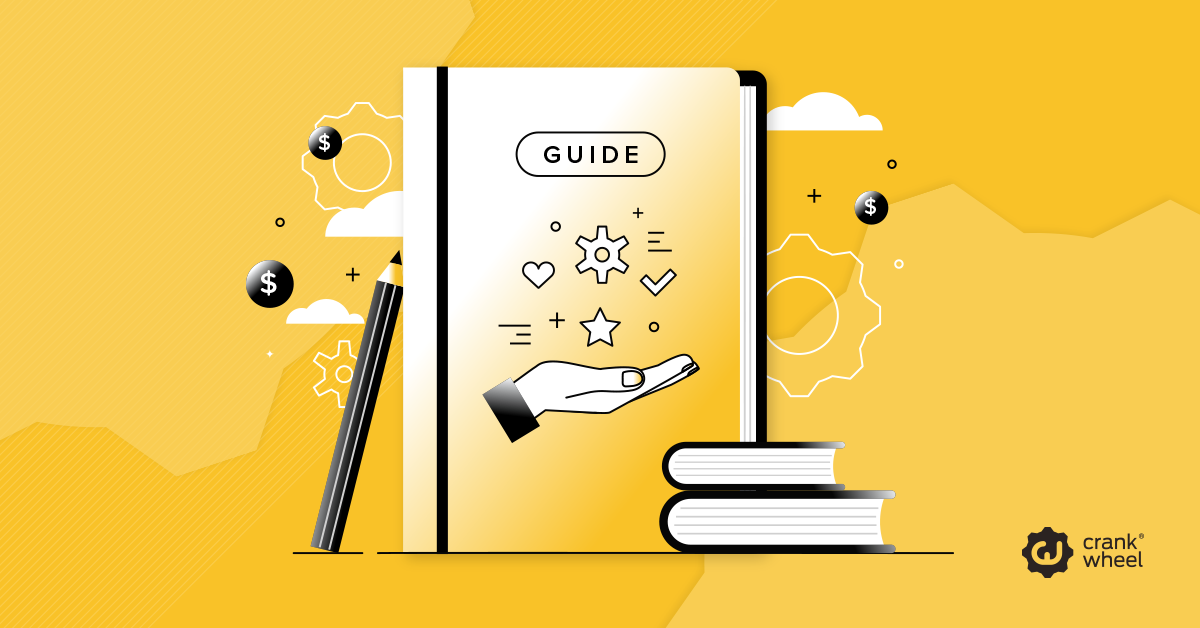
To effectively communicate the value of your offering, you need to understand your ideal customer inside and out. What are their pain points? What are their aspirations? What are their values?
Here’s a framework to guide your thinking:
1. Identify Your Ideal Customer:
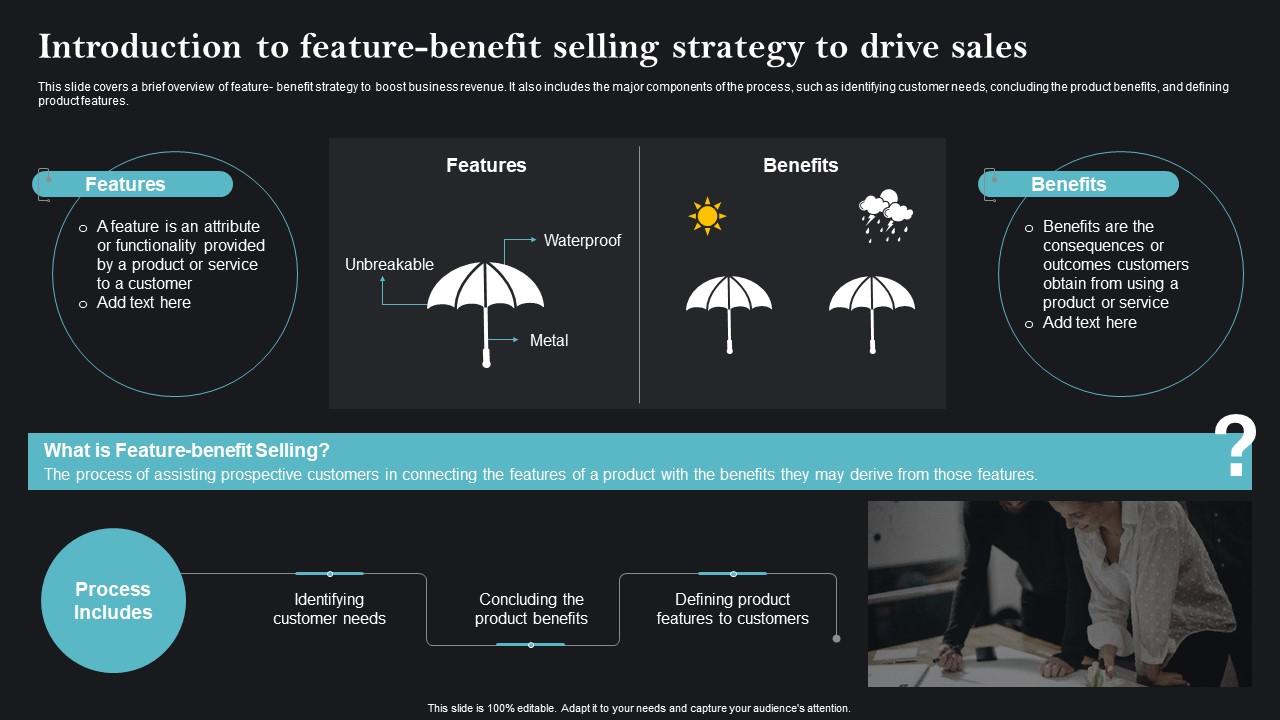
- Demographics: Age, gender, location, income, education, occupation.
- Psychographics: Values, beliefs, interests, lifestyle, personality traits.
- Needs and Desires: What problems are they trying to solve? What are their aspirations? What are their priorities?

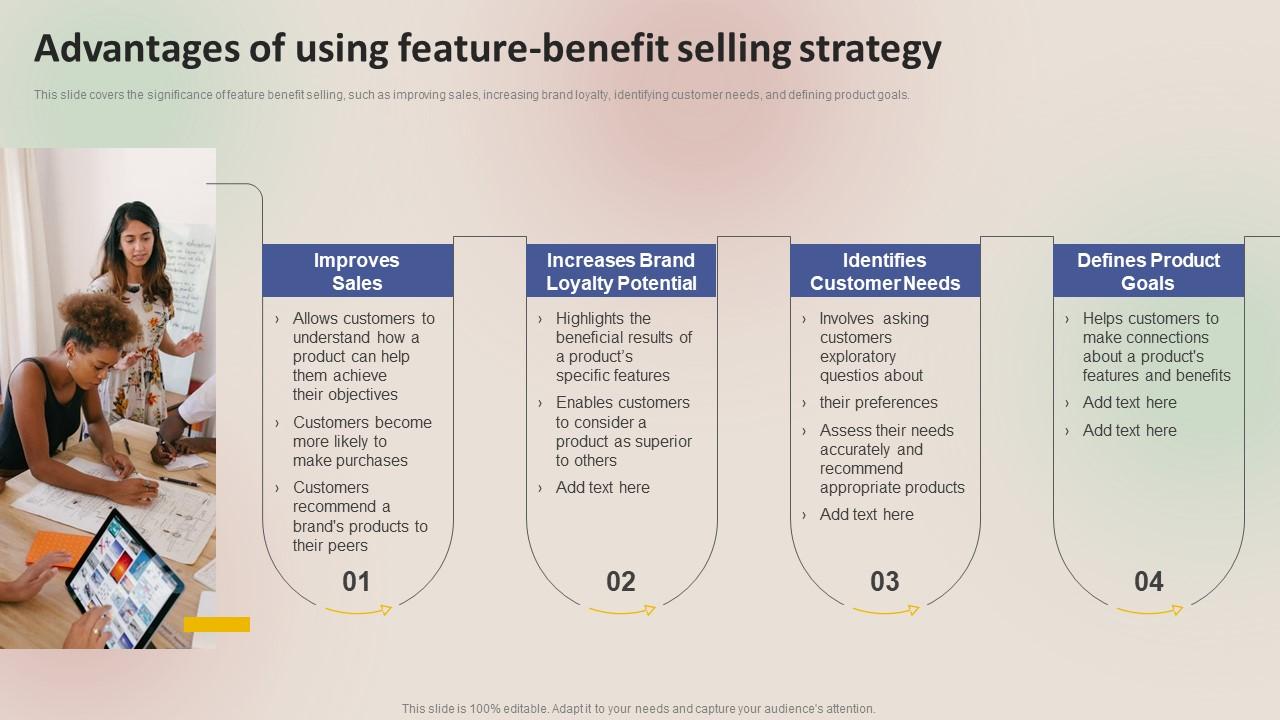
2. Map Your Product/Service to Their Needs:
- Pain Points: How does your product or service address their specific challenges or frustrations?
- Aspirations: How does it help them achieve their goals or fulfill their dreams?
- Values: How does it align with their core values or beliefs?

3. Craft Compelling Feature-Benefit Statements:
- Focus on the "Why": Instead of simply listing features, explain how they translate into tangible benefits for the customer.
- Use Action Verbs: Make your statements dynamic and engaging. For example, instead of saying "This coffee maker has a timer," say "This coffee maker allows you to wake up to the perfect cup of coffee every morning."
- Quantify Benefits: Whenever possible, use numbers or statistics to illustrate the value of your product or service.
- Appeal to Emotions: Connect with your customer on an emotional level by highlighting the positive feelings or experiences that your offering will provide.
Example:
Feature: "Our coffee maker has a built-in grinder."
Benefit: "Enjoy the freshest, most flavorful coffee every time with our built-in grinder, eliminating the need for separate equipment and saving you valuable time."
Crafting a Winning Narrative: Storytelling and Visuals
Once you’ve identified the key features and benefits that resonate with your ideal customer, it’s time to weave them into a compelling narrative. Here are some powerful techniques:
1. Storytelling:
- Personal Anecdotes: Share real-life stories of how your product or service has helped others.
- Customer Testimonials: Showcase authentic feedback from satisfied customers.
- "Before and After" Scenarios: Illustrate the transformation your product or service can bring.
2. Visuals:
- High-Quality Images and Videos: Use visually appealing content that captures the essence of your product or service.
- Infographics: Present complex information in an easily digestible and engaging way.
- Demonstrations: Show your product or service in action, highlighting its key features and benefits.
3. Call to Action:
- Clear and Concise: Make it easy for customers to take the next step.
- Urgency and Scarcity: Create a sense of urgency by offering limited-time discounts or special offers.
- Social Proof: Leverage positive reviews, testimonials, and social media engagement to build trust and credibility.
The Power of Authenticity and Connection
Remember, the key to effective feature-benefit selling is authenticity. Don’t try to be someone you’re not. Be genuine, passionate, and relatable. Connect with your customers on a personal level, understanding their needs and aspirations.
By focusing on the "why" behind your product or service, you’ll create a powerful message that resonates with your ideal customer, driving them to make an informed purchasing decision.

